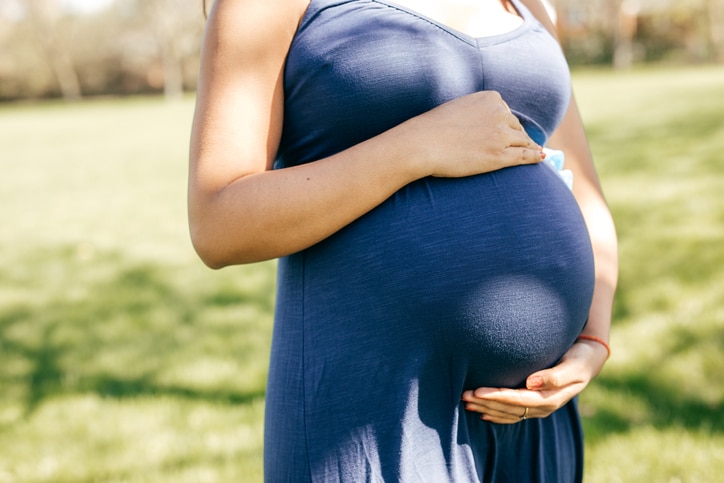Red Nose welcomes the Federal Government’s release today of the Stillbirth National Action Plan. The plan has been developed in close consultation with Red Nose, including Sands Australia, and importantly has been informed by the experiences of bereaved parents.
Red Nose Australia co-CEO Jackie Mead said Red Nose welcomes the Plan’s focus on building awareness of stillbirth and appropriate risk prevention strategies, as well as the provision of appropriate support for families after the loss of their baby.
“Six babies are stillborn every day in Australia – that’s one baby every four hours – and little progress has been made in reducing stillbirth rates over the last 20 years,” Jackie said.
“With the release of the Stillbirth National Action Plan today we now have a blueprint for how we, as a nation, can start to address the unacceptably high rate of stillbirth”.
A key element of the Stillbirth National Action Plan is the rollout of a national Stillbirth Awareness Campaign. The Campaign will launch in February 2021 and is being led by Red Nose in in partnership with the Stillbirth Foundation, Stillbirth CRE, University of Newcastle, and Community Hubs Australia.
“We commend the Government and the Health Minister for recognising that stillbirth is a national issue and for committing significant resources to help address it.
“The goal of the Stillbirth National Action Plan is to reduce stillbirth by 20% over the next three years – which means 400 little lives saved each year, and their families spared the heartache of losing a much-loved baby before they have even had the chance to take their first breath.
“This Plan recognises the profound impact that stillbirth has on families and we are pleased that the experiences of bereaved parents have helped inform the Plan.”
“In the most recently reported year, there were 2,173 stillbirths in Australia – much loved babies tragically taken too soon.”
”The impact each one of these deaths has on the Australian community is unspeakable – with at least 60 people affected by each tragic death.”
“And what the wider Australian community doesn’t hear about is the traumatic stories and the ongoing impact on families.”
“There are so many people deeply hurting from each stillbirth – and with over 2,000 stillbirths a year – nearly double the national road toll – the impact is heart wrenching.”
“We thank the many families from the Red Nose and Sands Australia community for providing their perspectives for the development of the Action Plan, bravely sharing their stories and advocating for improvements to care and support services for all families who experience stillbirth and pregnancy loss,” Jackie said.
Red Nose has long been known for its work to reduce sudden infant deaths, having successfully reduced SIDS in Australia by 85% through its ‘Back to Sleep’ campaign.
“With this new campaign, we aim to replicate the success of ‘Back to Sleep’ by equipping families and the community with the knowledge to keep babies safer during pregnancy.
“We hope the campaign will also help dispel the many myths that are shared during pregnancy and provide evidence-based advice to parents in ways to reduce their risk,” Jackie said.
The health promotion campaign will be rolled out from early next year and will target women and men across Australia with the goal to reduce preventable stillbirth by 20 per cent over three years.
Funding highlights:
- $4 million to support stillbirth education and awareness initiatives, particularly for groups at higher risk of stillbirth
- $2.1 million to adapt the Safer Baby Bundle program for those priority populations, including First Nation women and women from culturally and linguistically diverse backgrounds
- $0.5 million to develop new Clinical Care Standards and update existing clinical care guidelines relating to stillbirth
- $0.5 million for data improvement and activities to enable long-term research on stillbirth
- $1.7 million to develop a monitoring and evaluation framework for the Plan
- $1 million for state and territory governments to take immediate steps to increase the uptake of stillbirth autopsies and investigations
- $1 million through a National Health & Medical Research Council grant to Monash University to conduct a trial of a wearable, low-cost device to monitor fetal movements to prevent stillbirths.
Did you find this helpful?
Good job! Please give your positive feedback
How could we improve this post? Please Help us.
